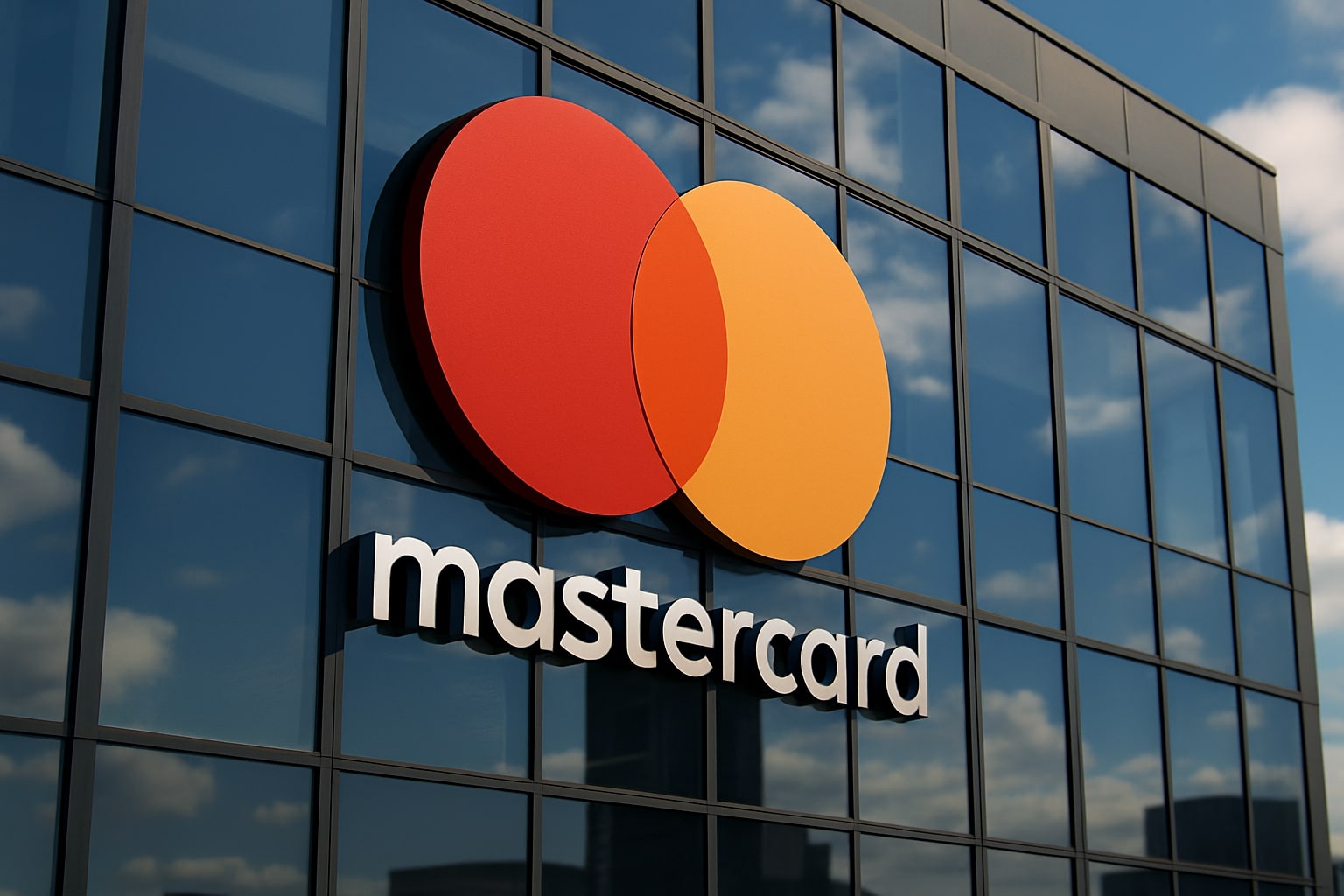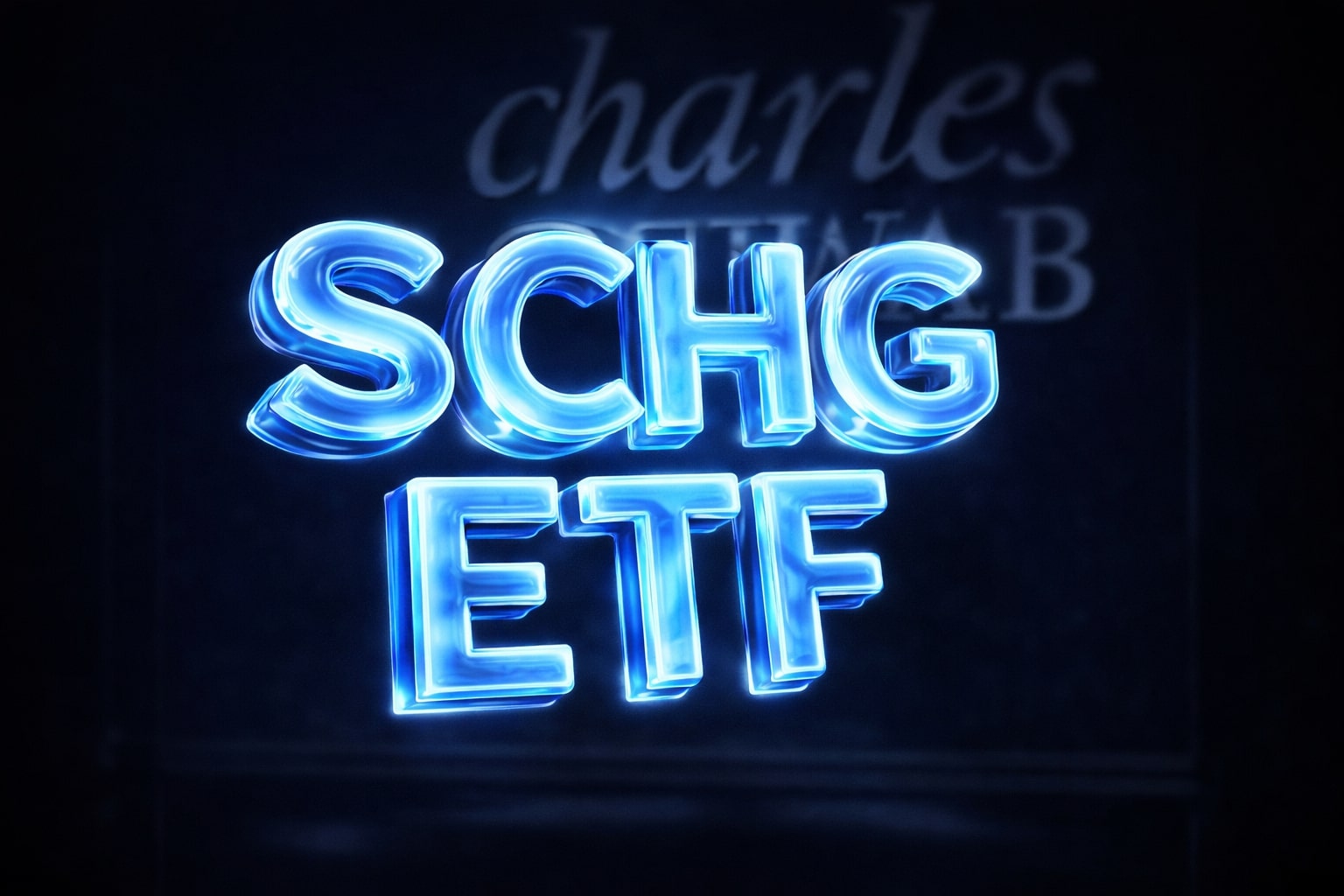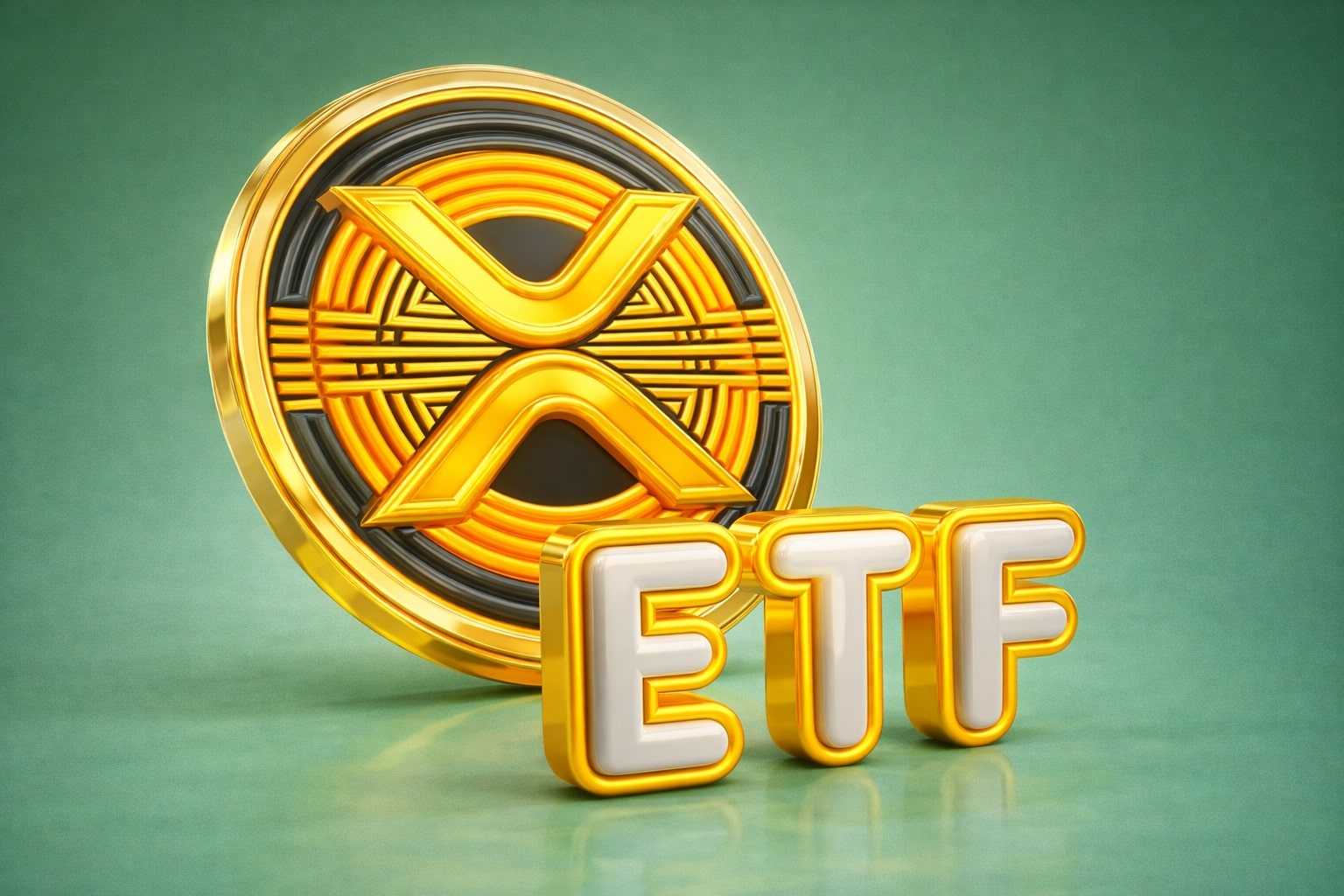
Mastercard Stock Price Forecast: NYSE:MA Eyes $644 Price Target on EPS Growth and Global Expansion
Mastercard delivers 16.8% revenue growth, 44.9% margins, and aggressive buybacks while navigating regulation and stablecoin competition | That's TradingNEWS
Mastercard Inc. (NYSE:MA) – Payments Moat, Valuation Premium, and Crypto Risk
Revenue Growth and Profitability of NYSE:MA
Mastercard (NYSE:MA) reported trailing twelve-month revenue of $30.24 billion, an increase of 16.8% year-over-year compared with $25.1 billion in 2023. Net income attributable to common stockholders reached $13.59 billion, translating to diluted EPS of $14.84, up from $11.83 in 2023. Profit margins remain extremely robust at 44.9%, with operating margins near 60%. Quarterly results for Q2 2025 highlighted $8.13 billion in revenue against $3.77 billion in net income, beating analyst estimates with EPS of $4.15 compared to consensus of $4.02. This consistency in outperforming earnings expectations demonstrates strong execution even in a challenging macro environment.
Market Capitalization, Valuation Multiples, and Growth Expectations
Mastercard’s current market capitalization stands at $528.1 billion, making it the second-largest publicly traded payment processor behind Visa’s $666 billion. The stock trades at 39.4x trailing earnings and 31.1x forward P/E, slightly above Visa’s 30.6x but justified by Mastercard’s stronger international growth rates. The PEG ratio is 1.98x, compared to Visa’s 2.37x, suggesting a healthier balance between valuation and growth. Analysts set a 12-month price target range between $520 and $690, with a consensus at $644.55, representing nearly 10% upside from the current $584 level. Consensus EPS is projected at $16.32 for FY2025 and $18.96 for FY2026, implying double-digit growth over the next two years.
International Expansion and Transaction Growth for NYSE:MA
Global adoption remains a critical growth driver. Mastercard reported 3.6 billion cards in circulation as of mid-2025, a 6% increase year-over-year. Switched transactions surged 10%, reinforcing strong consumer engagement and growing acceptance globally. International revenue rose 14%, outpacing Visa’s 11% growth, with APMEA (Asia-Pacific, Middle East, Africa) expanding by 21% over two years versus just 14% for the U.S. segment. Europe added 26.6% growth in purchase transactions over the same timeframe, highlighting Mastercard’s positioning in high-growth markets. Cross-border volumes, a high-margin revenue stream, grew in the mid-teens, benefiting from resilient travel and e-commerce demand.
Macroeconomic and Regulatory Pressures on NYSE:MA
Despite resilient growth, Mastercard faces pressure from tariffs, regulatory scrutiny, and surging U.S. household debt. Average revolving credit balances in the U.S. reached $1.18 trillion in 2025, with 46% of households carrying balances averaging $6,580. These figures raise questions about consumer sustainability and possible regulatory actions to cap interchange fees or credit charges. The EU already enforces caps of 0.2% for debit and 0.3% for credit transactions, while the U.S. rate often approaches 3%. If the U.S. adopts tighter caps, Mastercard’s gross dollar volume growth could decelerate. Litigation also continues in the UK and EU over interchange fees, with settlement risks potentially in the billions.
Read More
-
SCHG ETF Near $33 High As AI Giants Drive 19% 2025 Rally
01.01.2026 · TradingNEWS ArchiveStocks
-
XRP-USD Stuck At $1.87 As XRPI Near $10.57 And XRPR Around $14.98 Despite $1.16B ETF Wave
01.01.2026 · TradingNEWS ArchiveCrypto
-
Natural Gas Price Forecast - NG=F Slides Toward Key $3.57 Support As Ng=F Extends 33% Drop
01.01.2026 · TradingNEWS ArchiveCommodities
-
USD/JPY Price Forecast - Yen Near 156 As Fed Cuts Meet Boj Hawkish Turn
01.01.2026 · TradingNEWS ArchiveForex
Stablecoin Adoption, Trump-Era Deregulation, and Competitive Threats
Stablecoin legislation under the Genius Act and broader crypto adoption remain potential disruptors. While Mastercard has integrated blockchain partnerships and tokenization pilots, mass adoption of stablecoins or CBDCs bypassing its network would pressure revenue. Under President Trump’s pro-crypto stance, deregulation accelerates risk as U.S. policymakers consider integrating stablecoins into retirement accounts and consumer payments. Deloitte surveys show 40% of CFOs at firms with over $10 billion in revenue expect to integrate crypto into treasury functions within two years. If even 10–15% of U.S. payments pivot toward stablecoins, Mastercard’s gross dollar volume, 30.9% U.S.-exposed, could face material headwinds.
Shareholder Returns, Dividends, and Buybacks for NYSE:MA
Mastercard maintains a disciplined capital return policy with a forward dividend of $3.04 per share, yielding 0.52%, supported by a five-year average yield of 0.52% and a payout ratio under 20%. More impactful are share repurchases, with the company consistently reducing outstanding shares and enhancing EPS growth. Levered free cash flow stands at $15.46 billion, funding both dividends and buybacks. For details on executive trades and ownership patterns, see Mastercard’s insider transactions and stock profile.
Technical Outlook and Institutional Sentiment on NYSE:MA
From a technical perspective, NYSE:MA trades within a support zone around $570, coinciding with its 50-day moving average of $571.25 and above its 200-day moving average of $550.92. Resistance is set at the 52-week high of $601.77. Institutional sentiment remains bullish, with RBC, Morgan Stanley, and Wells Fargo all reiterating “Overweight” ratings in August 2025. However, quant-based systems have flagged the stock as “Hold” due to stretched valuation compared with Visa. Short interest remains low at just 0.65% of float, reflecting strong institutional conviction.
Comparative Positioning: Mastercard vs. Visa
Relative to Visa, Mastercard’s slightly higher valuation reflects stronger international penetration and higher transaction growth. Visa generated $38.9 billion in revenue versus Mastercard’s $30.2 billion but grew at a slower rate in cross-border and digital adoption. Analysts argue Visa is undervalued relative to Mastercard, but Mastercard’s premium may be justified given faster growth rates in APMEA and e-commerce. Compared with American Express at $227 billion market cap and PayPal at $65 billion, Mastercard and Visa dominate with unmatched global networks.
Verdict on NYSE:MA – Buy, Sell, or Hold?
At $584, Mastercard trades at a valuation premium but continues to deliver consistent double-digit EPS growth, robust free cash flow, and international leadership. The long-term moat is intact, though regulatory headwinds and crypto adoption pose risks. With 10% upside to consensus targets and strong capital returns, Mastercard remains a Buy for growth-focused investors, but those seeking a cheaper entry may prefer Visa. A pullback toward $560–$570 would enhance risk-reward for new positions.


















